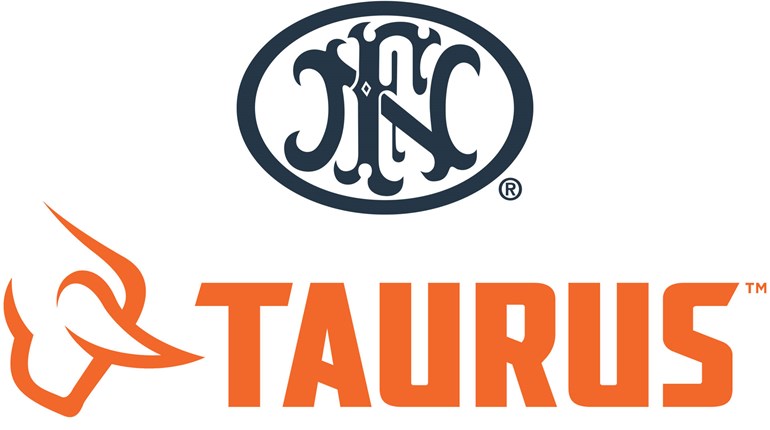
Upon unzipping the ballistic-nylon case containing the review pistol, I discovered it contained a handgun that was a lot more than a 509 painted “tactical dirt” color. Right up front is the prominent knurled protector that covers the protruding muzzle of the factory-threaded barrel. Remove the protector and it exposes ½x28 tpi right-hand threads ready for a suppressor or other muzzle device, such as a compensator.
The factory sights are suppressor-height and feature three tritium lamps, with the one in the front-sight blade surrounded by a white insert to keep the eye focused there in normal use, while the rear vials are unobtrusive under normal light conditions and only pop when the ambient light is low enough to allow the tritium glow to be seen. These sights are adjustable for windage by drifting them, although this is not a straightforward task with the rear sight—the biggest difference between the FN America 509 Tactical and the base model.

Like an increasing number of handguns on the market, the FN 509 Tactical has the slide pre-cut to accept a miniaturized red-dot sight, or MRDS. The cover plate for the sight cutout incorporates a pair of metal wings that rise up on each side of the rear-sight blade and prevent it from being shifted around by accident from bumping into stuff, which you are likely to encounter if you carry this pistol on your hip. They also prevent you from drifting the rear-sight blade on purpose without removing the cover plate. This cover plate is part of a slightly more-complex MRDS-mounting setup than you may be familiar with from, say, a Glock MOS pistol, but it has its advantages.
Originally, pistol slides were machined via an aftermarket gunsmith to match up to a specific red-dot sight. The downside is that then the pistol only works with that one make and model of MRDS. Therefore, most commercial MRDS-ready pistols utilize adaptor plates that mate between the slide and the red dot, allowing them to fit the largest number of MRDS currently on the market and providing for future upgrades via simply selling new adaptor plates.
The 509 Tactical takes this modular approach one step further. Instead of a one-piece plate that fits into a flat MRDS cutout and interfaces between the slide and the sight, the 509 Tactical’s sight cutout is distinctly stepped. Into the deeper part of the cutout, toward the front, goes a small plate referred to in the manual as the “MRD plate.” Directly to this plate is fastened either the cover plate, with its rear-sight-protecting wings, or the optic—as long as the optic you are using is a Vortex Razor or C-More STS2. For other optics, an “MRD insert plate” goes between the “MRD plate” and the MRDS itself. Using various combinations of included MRD plates, MRD inserts and screws, the 509 Tactical will accommodate many of the most-common models of MRDS on the market.

One interesting thing about the mounting system on the 509 Tactical is that between the bottom of the MRD plate and the top of the slide, there is a rubber O-ring that mates into a circular cutout in each. The added tension against the screws provided by the O-ring obviates the need for thread-locking compounds.
Another item included in the package is a reduced-weight recoil spring. Should the user be forced to rely on weak-sauce ammunition instead of full-power loads (or should the user use a compensator like the aftermarket prototype unit we tried on the test gun) the reduced-power recoil spring will come in handy to ensure reliability. So the two don’t get mixed up, FN has thoughtfully painted the lighter spring unit with a band of yellow paint, making it easy to tell them apart at a glance.
The last difference between the Tactical and the base model is the latter includes a pair of 24-round magazines in addition to the 17-round standard mag.
How did it shoot? Like a 509, which is to say, pretty well. The texture is grippy, the trigger on the test gun broke at an extremely usable and consistent 6 pounds and it shot Speer 147-grain Lawman right to the top of the front-sight blade at 15 yards, with 115- and 124-grain ammunition impacting a little lower. The only malfunctions in slightly fewer than 900 rounds of varying ammo were a couple failures to extract with some weak ammo and the aforementioned prototype aftermarket compensator while using the heavy spring, so that’s on me and not the gun.
If you’re looking for a turn-key suppressor/MRDS-host pistol, it’s hard to ignore the 509 Tactical.





































